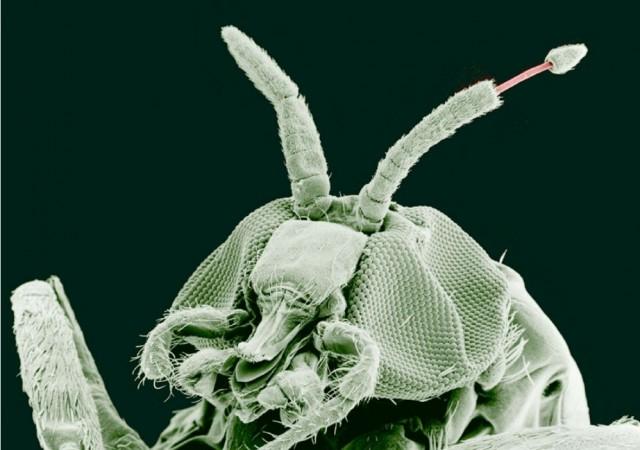Zombies are no longer a mythical notion. A discovery in Denmark of two new fungi species are bringing zombies to life – or rather living dead. But before you picture the episode of The Walking Dead, these new fungi are infecting two species of Danish flies, which then get turned into zombies.
By zombies, we literally mean walking dead creatures and the process of infection is going to send chills down your spine. Two new fungi species first infect flies, eject spores out of a large hole in the insect's abdomen and continue to keep the host alive while eating out the rest of the internals.
According to researchers at the University of Copenhagen, the infected host continues to live for days going about routine activities and socializing with other flies. But inside, the fungus consumes its genitals, fat reserves, reproductive organs and its muscle. While doing so, the fungus shoots thousands of spores out of host's abdomen like "small rockets", which are then latched on to other flies, continuing the process.

These spores are shaped like torpedoes and move swiftly. When they land on other flies, the spores wiggle into the abdomen and start proliferating.
Zombie flies in Denmark
While this process takes few days, towards the end, the host lies on its back, spasms for hours before it is completely dead. But even while being infected, the host continues to behave normally, making it difficult to identify when it was infected, the Guardian reported.
"We suspect therefore that these fungi may produce amphetamine-like substances which keep a fly's energy levels high up until the end," said lead researcher Prof Jørgen Eilenberg from the department of plant and environmental Sciences at the University of Copenhagen.
![[Representational Image] mosquitoes, insects, insect repellents, monsoon, rain, sickness,](https://data1.ibtimes.co.in/en/full/647698/mosquitoes-insects-insect-repellents-monsoon-rain-sickness.jpg?h=450&l=50&t=40)
The technique of keeping the host alive while releasing spores is called active host transmission (AHT). The fungi could be producing substances that "dope" their hosts, which is how they get the label of zombies. Scientists believe the fungi only infect a small percentage of flies, estimated between 3-5 percent of healthy fly population. But another researcher, who wasn't involved in this study, suggested this could be a tip of an iceberg.
"The reason this discovery is important is because we can't make broad, sweeping conclusions about host manipulation and behavioral modification based on a single genus. Having a second genus like strongwellsea, which induces the same behavioural response, is important in solving this bigger puzzle of active host transmission ... Collectively, this group of insect-destroying fungi may represent the next frontier for drug discovery," Dr Matthew Kasson, an associate professor of forest pathology and mycology at West Virginia University, said.

















